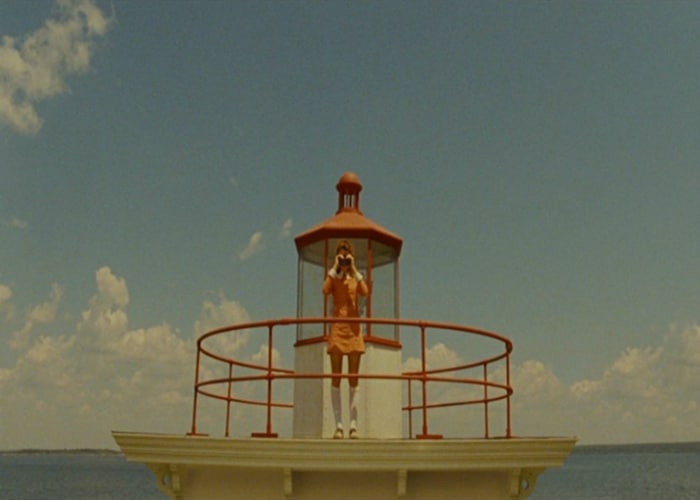Cinematography and photography are an intricate art. Apart from learning the basic functions of the camera, aspiring cinematographers and photographers have to learn all the complexities of shot composition, lighting, and capturing the right moment. In the case of cinematography, one adds a moving element that requires you to present a story and narrative, drawing audiences deeper into the moments of emotion the characters face. These all-encompassing skills and techniques require mastery before presenting even competent work. However, once these skills are mastered, they open up doors to try advanced camera skills.
In a new StudioBinder video essay, director and host Arnon Shorr teaches us about a technique called the “lens plot.” Renowned director Sidney Lumet, who directed classic films like 12 Angry Men and Network, presents the lens plot technique in his essential book Making Movies. The technique ensures that filmmakers use every shot in the film to enhance their story, ensuring they are intentional with their work. By adding this extra level of intention, films benefit from an added level of technicality that complements the emotion, comedy, or conflict of a story. The lens plot technique is composed of three aspects: the static lens plot, the narrative lens plot, and the elemental lens plot.
Watch the informational video below.
As Shorr describes, the static lens plot means your shots are consistent and symmetric. This shot strategy isn’t overly dynamic, but it gives a film an overall coherence and cohesion that allows viewers to stay engaged and connected. For example, Wes Anderson and his regular DP Robert Yeoman use the lens plot throughout their films, establishing a look that’s centered and consistent. Anderson’s films are quirky, strange, and endearing, so this lens plot works well for him because his films don’t maintain a traditional look. The video also brings up Steven Spielberg’s Schindler’s List (shot by Janusz Kaminski), which uses a relatively normal static lens plot — mostly shot from eye level — to give the film an overall look grounded in realism. Ultimately, having a static lens plot allows viewers to connect to a film through consistency, allowing them to expect certain levels of drama, intimacy, or quirkiness.
The next technique is the narrative lens plot. The narrative lens plot reflects “gradual change over time,” showing viewers how a change in time affects the story. The video brings up how Lumet’s 12 Angry Men (shot by Boris Kaufman) uses different lenses throughout the film to represent a shrinking of space. As time progresses, the shots gradually punch in, making the room seem smaller, adding to the tension and drama. When would you use the narrative lens plot? Well, the narrative lens plot is great for drama. It raises stakes and heightens tensions, but it can also be used to demonstrate love and romance. This lens plot is an important one to understand because times’ development in a film can often go unnoticed, but understanding how time develops can add new layers of complexity to a film.
The elemental lens plot uses different visual elements to develop an overall tone and make important distinctions in a film. Shorr brings up the Steven Soderbergh film Traffic (shot by Soderbergh under the alias Peter Andrews), which uses three different visual styles to depict three different locations and stories. The three stories are color graded and shot on different film stock to ensure that all three stories are distinct. We can even take a look at action-favorite John Wick (shot by Jonathan Sela) to understand the elemental lens plot. John Wick uses a very cool color palette of blue and gray throughout the film, which reflects the melancholy, sadness, and grunginess of John Wick’s world. Going back to Schindler’s List, the black and white element not only reflects the time period, but it also reflects the somber grimness of the situation.
We can think about plot lenses very simply. What kind of distinct visual elements can we add to a film that will complement our story? Do we want to establish a consistent feel throughout the film? Do we want to display time in a certain matter? Or do we want to add distinct visuals to establish a certain tone? All of these plot lenses draw you deeper into the story, enhancing certain characters with visuals that reflect their situations. Aspiring filmmakers aren’t the only people who benefit from a video like this. For film fans or even casual moviegoers, understanding how the camera assists a film makes a big difference in understanding how technical efforts play a role in storytelling.

